The Coblentz Society, New York SAS and New England SAS Sections are hosting a joint conference on 27 February 2022 at 12:00 EST and invite presentations by PhD students from across the world working in all fields of vibrational spectroscopy. They hope that this will provide an opportunity to showcase developments at the leading edge of vibrational spectroscopy and will cover applications of vibrational spectroscopy over a wide range of disciplines. Presenters do not necessarily have to be a member of either The Coblentz Society, NE, or NY Sections of SAS. That means that the conference is open to all!
Researchers will have three minutes to present a compelling oration on their work and its significance. This will be a one-hour virtual meeting followed by a 30-minute open discussion. The idea behind this is to provide wide dissemination and exposure of work and stimulate discussion. It is also hoped that this type of presentation will increase researchers’ academic, presentation and research communication skills, and their capacity to effectively explain a research topic in three minutes and in language appropriate to a non-specialist audience.
Student applicants should complete the attached form (also copied below). Please send your completed form together with a title and short abstract (no more than 250 words) by 21 January 2022. There will be an award for the best presentation.
To apply or if you have any questions contact John Wasylyk ([email protected]) or Mike George ([email protected]).





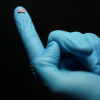
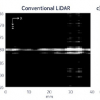
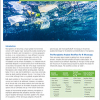
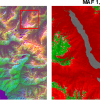
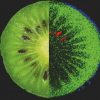
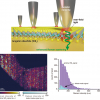
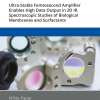
![Targeted proton transfer charge reduction (tPTCR) nano-DESI mass spectrometry imaging of liver tissue from orally dosed rat (Animal 3). a) optical image of a blood vessel within liver tissue. b) Composite ion image of charge-reduced haeme-bound α-globin (7+ and 6+ charge states; m/z 2259.9 and m/z 2636.3 respectively, red) and the charged-reduced [FABP+bezafibrate] complex (7+ and 6+ charge states; m/z 2097.5 and m/z 2446.9 respectively, blue). c) Ion image composed from charge-reduced haeme-bound α-globin (7+ and 6+ charge states) showing abundance in blood vessels. d) Ion image composed from charge-reduced [FABP+bezafibrate] complex (7+ and 6+ charge states) showing abundance in bulk tissue and absence in the blood vessel. Reproduced from https://doi.org/10.1002/ange.202202075 under a CC BY licence. Light and mass spectromert imaging of tissue samples](/sites/default/files/styles/thumbnail/public/news/MSI%20drug-protein%20complex-w.jpg?itok=CBNIjyYl)